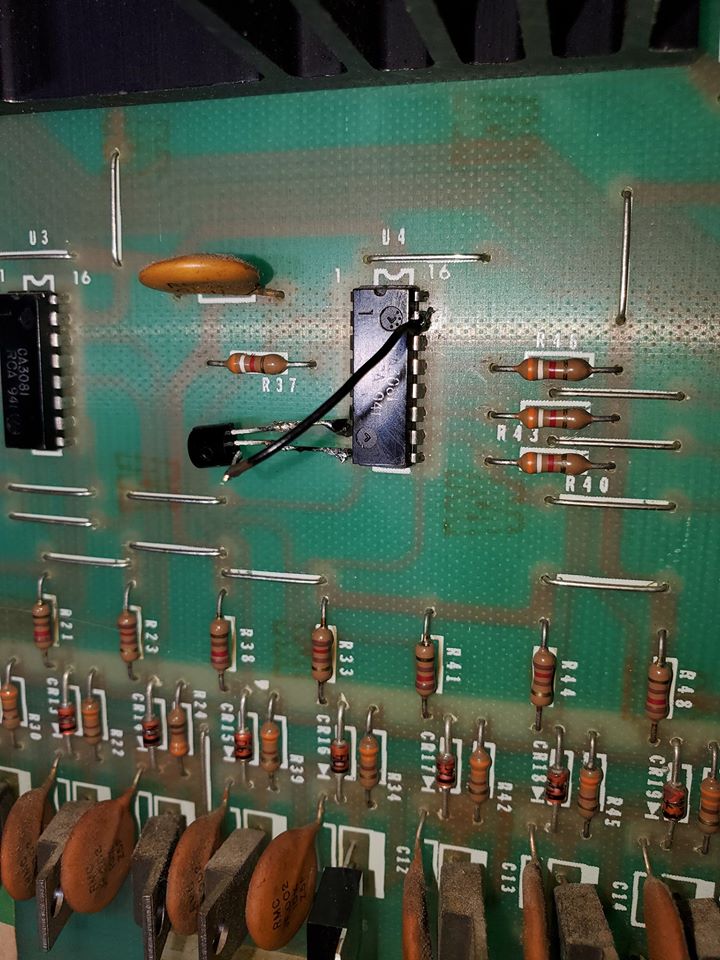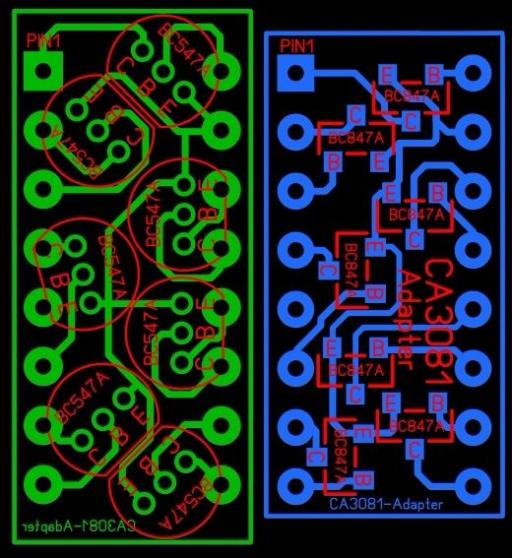As soon as I thought I had the game operational, I waxed the playfield and got ready to put it back together only to find out one of the flippers was out. This was a rather tricky issue that took a little bit to figure out — not your typical flipper problem, so I thought I’d do a video of it and go through the process of diagnosing why a flipper might not work (on a Bally-35 early solid state game).
Category Archives: Bally35
Tilt/Switch-matrix problems on Bally-35 Flash Gordon
I was going through some old videos that had been uploaded to YouTube that for some reason were not made public and found this one. It’s a short video on how to go through the diagnostics on these 80s era Bally pinball machines and track down switch matrix issues. I don’t go into how the matrix works in this particular video, but I do demonstrate how a stuck switch can cause odd behavior. In this case, the tilt triggers when a certain target is hit.
Tracking down drop targets that won’t reset – Bally-35 “Mystic”
This is a game that’s been sitting in the back for awhile at my place that I keep meaning to get to, so I finally jumped back into to figure out what was wrong. It’s weird to go over notes you made 6+ months ago and try to pick back up where you left off — remind me not to do that.. LOL But the issue was relatively simple: The center bank of drop targets was not resetting.
In this series of videos, I go over, step-by-step the process of how to figure out what’s causing this problem, how to read schematics and manual diagrams, and the various points of failure, and once again, we are reminded of “Ockham’s Razor” which suggests the most obvious cause is the most likely… OR IS IT?
Interestingly enough, once I figured out where the problem was, rather than solve it the traditional way, I choose to do a “hack”… basically just to see if I could do it. The choice was, do you replace an entire 16-pin IC that’s only using one small part of it (involving adding a socket and a new chip that is pretty expensive and hard to find) or do you “hack” the damaged chip and piggyback a new component on top of it? Normally I don’t do these kinds of MacGuyver stuff on system boards, but it was a fun trick to try and it cost a few cents and about 10 minutes verses a lot more time than would have been used to replace a whole IC.
One reason why this hack job is particularly sloppy is because I had to work on the board in the game due to the previous owner having hard-soldered some wires to one of the connectors – that’ll be another future project to clean up all that mess, but for now, I needed to get this back working.

To understand what I did, here is a substitute circuit board showing the position of various individual 2N4401 transistors overlaid on the CA3081 IC package. Using this you can figure out where to insert a transistor manually on the IC pinouts if one of them fails:

Pinball Stories #4: Hot Doggin’ – pulled from the trash!
You can find the darnest things in peoples front yards in the trash…
Pinball Stories are short, sometimes amusing, often interesting monologues about where pinball machines come from. We hear a lot about the games and their themes, but not much about the provenance and “the hunt” to find them and the trials and tribulations of acquisition. In this series I try to tell the story behind each individual machine.
Pinball Stories #2: Escape from the Lost World
This is the second installment in a new series I’m doing with the “stories behind the games”. Each owner has his own unique story about how they came to acquire the game. Sometimes the stories are as interesting as the game itself. The first episode was on my first game. This story covers a more recently acquired game and how I saved it from imminent destruction.
Building replacement LED displays (from a kit)

This is a fun series of videos of me trying something new. Let’s replace the old gas plasma displays in a Bally 35 solid state pinball machine with new low-voltage LED displays. This reduces the power consumption of the pinball machine and cuts out the high power portion of the power supply board for the display – a whole area we don’t have to worry about any more by switching over to LEDs. The price for this as a kit is quite reasonable (and cheaper than replacing them with used displays usually). But it takes some time and skill to populate your own circuit boards. I’m going to give it a try. Let’s see how it goes!
Here is a time lapse of me doing the lion’s share of the board work:
And here’s the finished product!
Making a pinball board test rig using a PC power supply
Here’s a quick video that shows how to take an old PC power supply you may have laying around and use it to power up pinball boards for testing. I use the Bally-35 MPU board as an example of how we can set this up to do board work on the MPU while it’s outside of the actual pinball machine. This is great for testing things while you’re refurbishing a board that’s been giving you problems.
